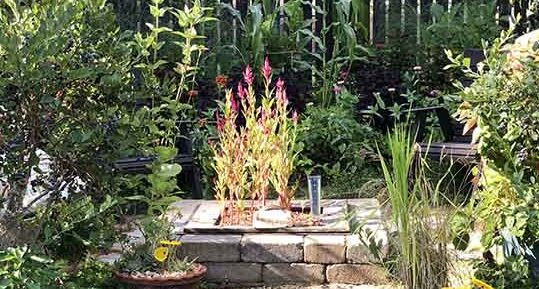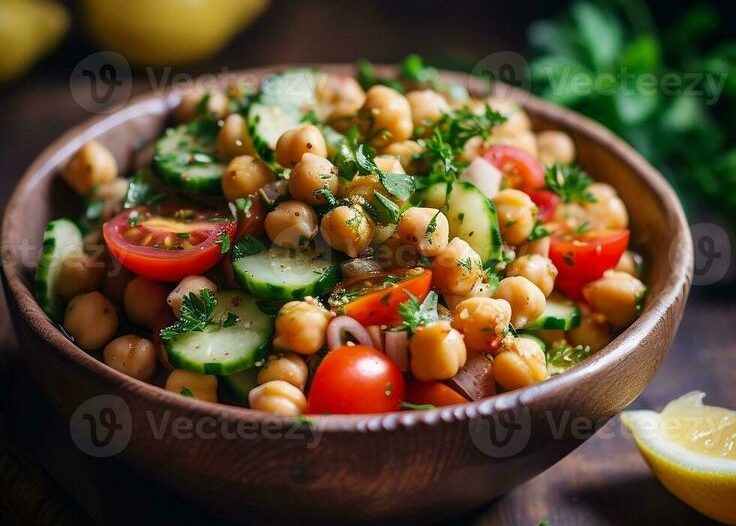
The most effective means of sustaining local biodiversity is through planting native species. They are already adapted to the climate and soil, thereby easier to care for.
They use less water, are less susceptible to pests, and offer important food and habitat to birds, pollinators, and other wildlife.
Native plants also produce a balanced environment, lessening the application of man-made fertilizers and poisonous chemicals.
Chemical pesticides and herbicides should be shunned in designing a nature-friendly garden. They not only destroy pests but also beneficial organisms like bees, butterflies, and ladybugs.
The use of them will contaminate soil and water, affecting the health of the garden. Organic options like neem oil, garlic spray, or companion planting are much safer. They allow a balanced ecosystem flourish without disrupting the life of beneficial organisms.
Composting food scraps and garden trimmings is an excellent method for recycling kitchen and yard waste and enriching your soil. Compost is extremely nutrient-dense and improves the soil’s structure, water-holding capacity, and plant growth.
Composting saves landfill space and reduces greenhouse gas emissions. It is an easy, inexpensive step toward a greener garden and smaller environmental impact in your household.
Adding a water feature like a birdbath, shallow pond, or small fountain invites helpful wildlife to the garden. Birds, bees, butterflies, and even frogs require clean water to drink and bathe in.
Running water also prevents mosquitoes from breeding and has a soothing effect on the surroundings. Change the water regularly to make it wildlife-safe, and place it among vegetation for extra protection.
With a combination of flowering plants that bloom in the different seasons, there is nectar and pollen for pollinators year-round.
Bees, butterflies, and hummingbirds will visit your garden more frequently if there is food present every month.
Clustering makes it easier for pollinators to feed. Choose colors, scent, and shapes that attract different insects and enable the natural pollination process year-round.
Conclusion
By combining thoughtful planting, sustainable techniques, and a commitment to preserving wildlife, you can transform your backyard into an abundant, life-enriching haven.
A wildlife garden is not just beautifulit’s a powerful way of healing the world, flower by flower, bee by bee, and drop of water by drop of water.




